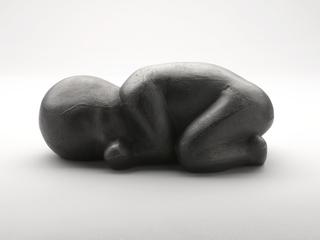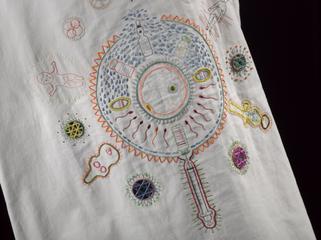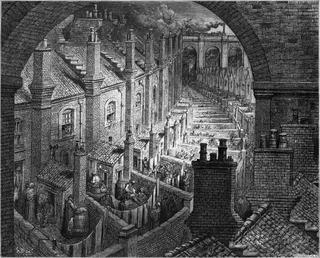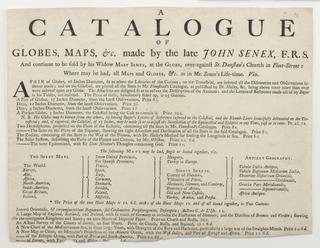
















Meccanograph Drawing Machine developed and built by Dr Jack Tait, Clyro, Herefordshire, England, 2012
The Meccanograph machine is an analogue drawing machine with a simple mechanism of two periodic motions out of phase to give combined amplitude variation and with turntable rotation to give a repeating pattern. It is the simplest of all Tait's machines but all other of his machines are derived from some of its basic principles.
It takes its name from a 1940s Meccano instruction book which mentioned a machine drawing circular images resembling flower petals. Jack Tait remembers ‘They were simple and the line quality was poor, owing to the amount of play in the bearings and guides. I built a few of these as a boy and remembered them when I became interested in making other machines. Inspired by other machines made in the early 20th century, the Creighton and Dechevren models, I made a machine to draw similar figures and made a 'meccanograph type' machine but built to a better engineering level than the Meccano ones.’
This machine is the result of continuous improvement and redesigns over several years as part of Tait’s exploration of how machines can produce art. The final drawings created are known as ‘taitographs.’
Tait explains: ‘The original idea is a ‘fuzzy notion of intent’ which is allowed to proceed in an organic way. The artist delegates control to the machine, unsure of the nature of the outcome. The deliberate introduction of quasi randomness is a part of the process.'
Details
- Category:
- Art
- Object Number:
- 2012-158
- Materials:
- acrylic, aluminium alloy, brass (copper, zinc alloy), nylon, paper (fibre product), rubber (unidentified) and steel (metal)
- type:
- drawing machine
- credit:
- Donated by Dr Jack Tait




